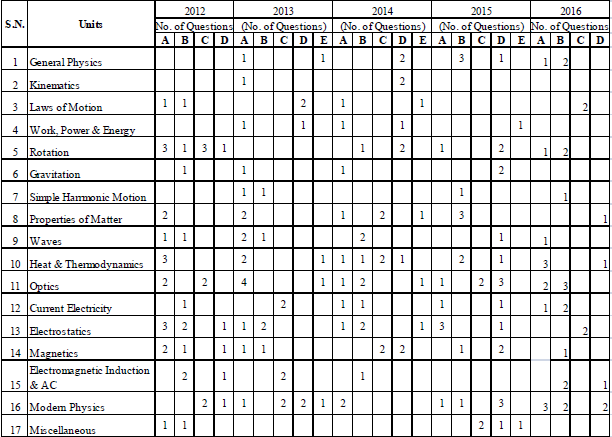JEE Advanced Performance Analysis Over the Years
The JEE Advanced exam is conducted every year to provide admission to the prestigious Indian Institutes of Technology (IITs) across the country. Through this exam, thousands of engineering aspirants compete for seats at top programs offered by IITs. While preparing for such a high-stakes exam is challenging, understanding how performance translates to JEE Advanced ranks can help reduce students’ anxiety levels. In this article, we analyze JEE Advanced performance trends over multiple years based on inputs shared by students on online forums.
Insights from Previous Years’ Performance
One student shared their experiences of attempting JEE Advanced in 2017 and 2018. In 2017, their score of 144 marks translated to an All India Rank (AIR) of 22342 much higher than the predicted rank range provided by coaching institutes. However, in 2018 with an improved score of 153 marks, they could not achieve their dream of getting into an IIT and their AIR de-escalated sharply. This shows the difficulty and unpredictability of accurately forecasting ranks each year. Coaching experts find it easier to analyze JEE Advanced question papers in hindsight rather than provide pinpoint predictions about performance-rank translation beforehand.

Year-wise Performance Benchmark Analysis
Another insightful data point shared was actual rank ranges corresponding to predicted ranks over two years - 2017 and 2018. In 2017, the actual rank achieved was approximately 2.5 times the predicted rank, while in 2018 the actual rank was around half the predicted rank. This reinforces that historical trends may not necessarily hold each year. Performance benchmarks can fluctuate significantly depending on exam difficulty levels and candidate competition patterns in a particular attempt year.
Marks vs Rank Data for Multiple Years
To truly analyze JEE Advanced performance trends, one needs to examine year-wise marks vs all India rank distribution data. A student obligingly procured such information from their coaching teacher for the years 2018, 2019 and 2020. Some notable trends that emerge are: around 89% marks were required to achieve top rank in 2020 compared to 94% in 2018. Rank differences expanded sharply even for small marks range differences in 2020, indicating steeper competition levels. Overall, 2020 paper difficulty was the hardest with scores in the 50-60% range only enough to get into the 3000-7000 AIR bracket. This emphasizes the importance of rigorous exam preparation to tackle evolving question paper patterns.
Takeaways for JEE Aspirants
The key lessons that can be derived for JEE Advanced preparers from the above analysis are:
- Do not rely on predicted rank ranges which may vary dramatically year-on-year
- Sustained self-study is crucial as experts find it tough to foresee exam difficulties in advance
- Performance benchmarks like marks-rank distribution need to be examined separately for each attempt year
- Question paper difficulty levels fluctuate so a wider marks scoring ability is advisable
- Consistent preparatory efforts over 1-2 years are preferable to last-minute focused preparation
- Maintain flexibility to adapt learning strategies based on annual trends in the exam conductor’s approach
In the end, while aiming for IIT admissions through JEE Advanced is an uphill task, understanding past performance patterns can help regulate aspirations and efforts in a pragmatic manner. With the right long-term preparation approach, candidates stand a fair chance of achieving their academic goals.
